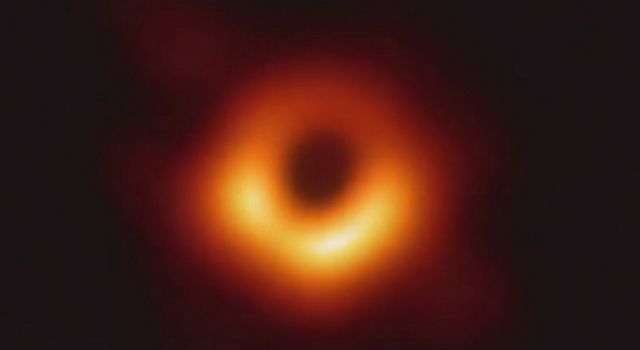My first instinct thinking about non human photography is to think of the digital tools we use in everyday life. So many of the processes we go through are facilitated by technology and computer vision, taking images that are never to be seen by an organic eye. My first thought was barcode and QR scanning. Every grocery store has both a physical inventory and a digital representation of those items. These digital items can be organized and accessed far more easily, however there needs to be a way for the digital brain to be aware of the physical items which are ultimately what the human users engage with. To buy an item from a store, it has to be documented in a way that distinguishes it from every other item in inventory. Barcode scanning can then be seen as a specialized form of photography which holds no visual representation or significance to humans, but allows a digital brain to be aware of real physical objects.

Amy Wassum Barcode (2016)
